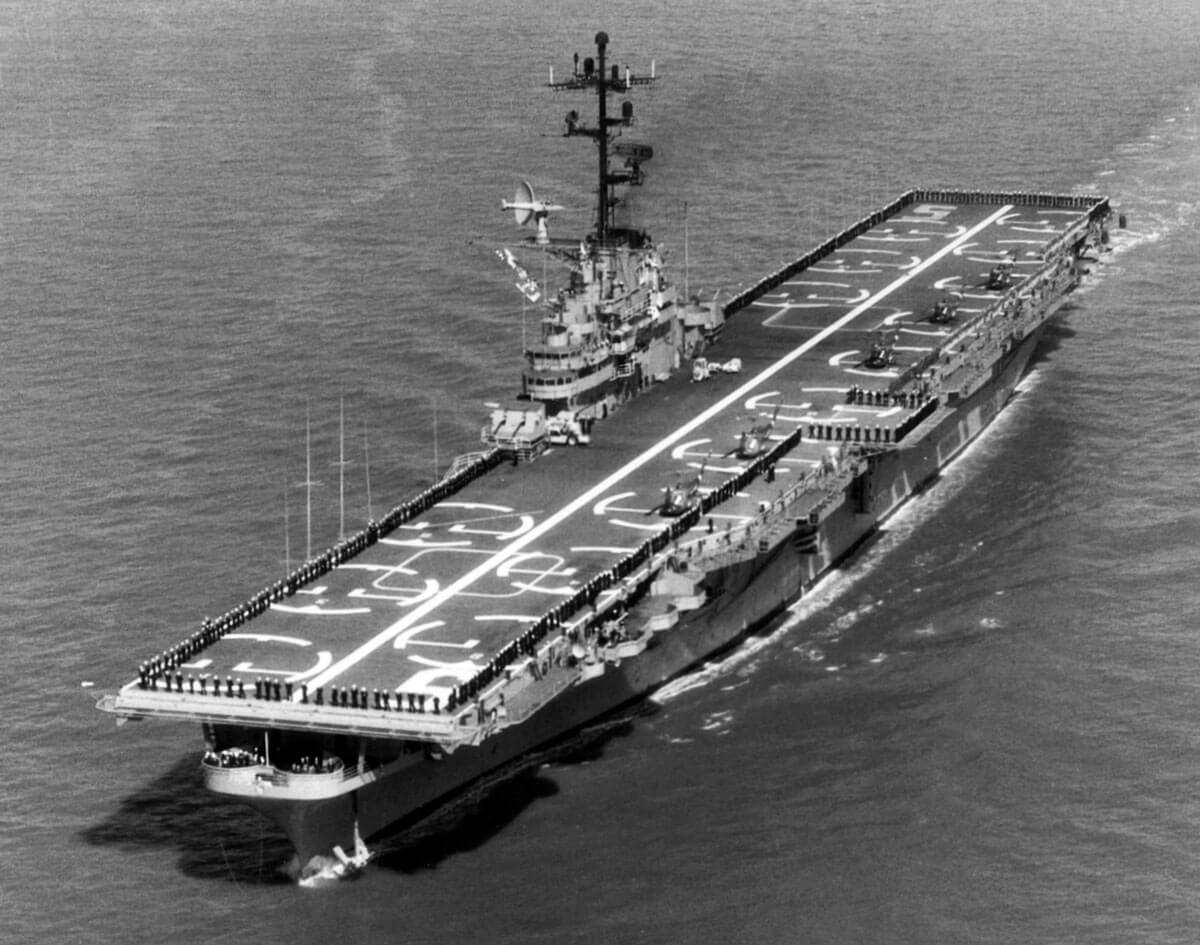Asbestos Exposure on the USS Princeton (CV-37)

Hull Number: CV-37
Type: Aircraft Carrier
Class: Essex
Built: Philadelphia, PA
The USS Princeton was an Essex-class Aircraft Carrier built by the Philadelphia Naval Shipyard towards the end of World War II. It was commissioned by the U.S. Navy just after the war, in November of 1945, and was so named to honor the recently lost vessel USS Princeton (CVL-23).
The ship stretched 888 feet in length, carried 3,448 officers and men, and held between 90 and 100 aircraft. It received eight battle stars for its service during the Korean War, and was decommissioned in 1970 after nearly 25 years of active duty.
Veterans who spent time aboard the USS Princeton were most likely exposed to asbestos during the course of normal duty. Shipbuilders used asbestos in a great deal of equipment between the 1930’s and 1970’s, such as turbines, pumps, valves, boilers, and electrical components.
Several materials found on ships were also made from the substance, including gaskets and packing. These asbestos items were found in a high concentration in the engine and boiler spaces, increasing the health risk for Machinist’s Mates, Boiler Tenders, and others who worked in these areas.
Though the companies that made these asbestos products were often aware of the threat asbestos posed, nothing was ever done to warn those who served aboard the USS Princeton or other, similar ships. As a result, many veterans contracted the rare and serious cancer mesothelioma.
Victims of asbestos manufacturers who served aboard the USS Princeton or other Navy ships from this era have a right to seek compensation. Settlements can potentially cover the costs of medical care, and may be able to provide additional sums for pain and suffering.
The law limits the time in which a lawsuit can be filed however, so it is important to seek legal counsel soon after a diagnosis is received.
